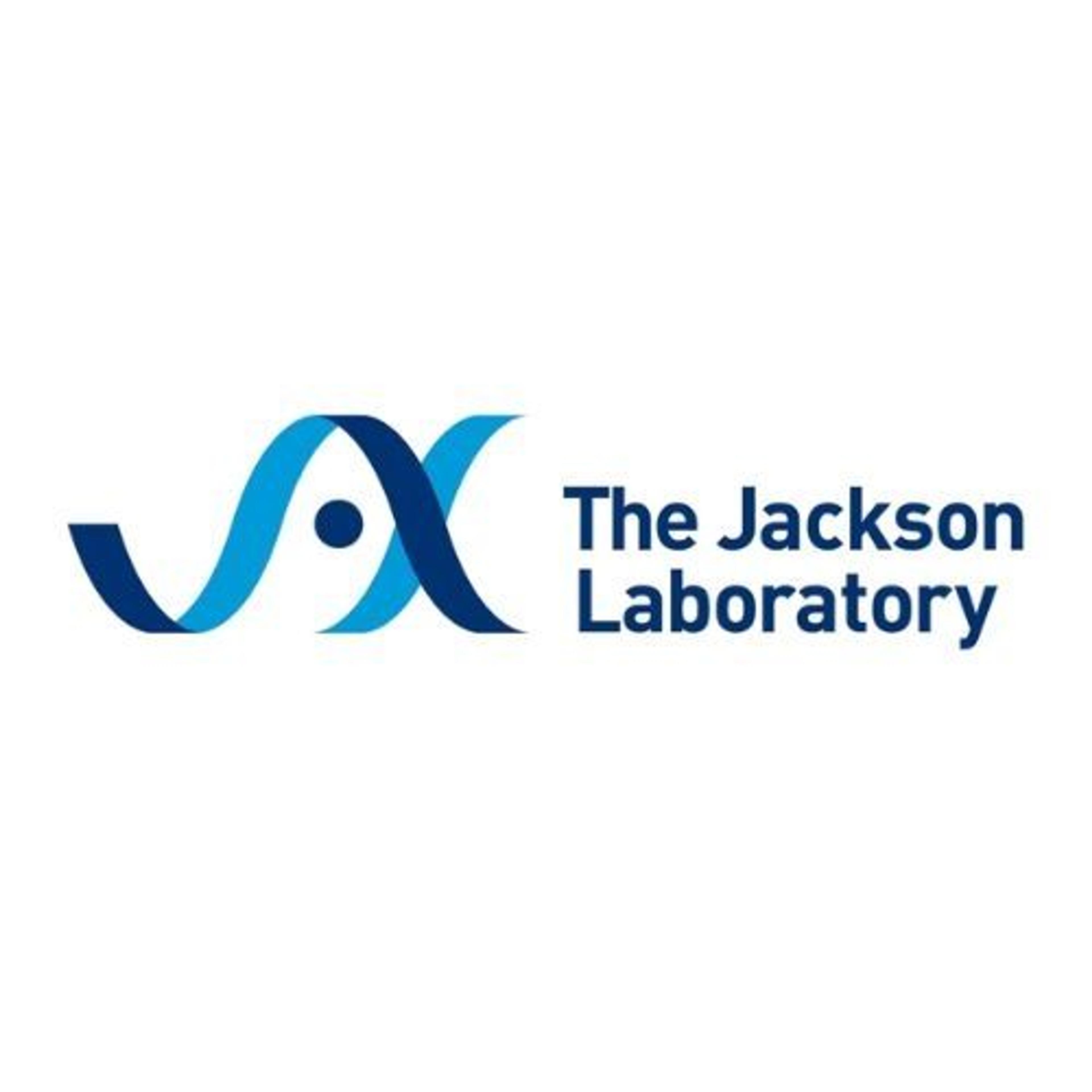Innovative mouse models for the development of safer therapeutics
Discover how humanized mouse models are revolutionizing drug safety testing, reducing toxicity risks, and paving the way for more effective therapies
26 Feb 2025
Dr. Jiwon Yang, in vivo senior scientist, Innovation and Product Development, at The Jackson Laboratory
The move into clinical trials is a vital yet risky step in drug development, with approximately 89% of drugs failing these trials. Notably, around half of these failures result from unexpected human toxicity. Effective preclinical safety and toxicity testing can help prevent these issues. By identifying potential adverse effects before trials begin, drug developers can protect clinical trial participants from harm and increase the likelihood of a successful clinical trial.
To learn more about protecting patients through safety and toxicity testing, we spoke with Jiwon Yang, Principal Scientist in Innovation and Product Development Department at The Jackson Laboratory (JAX). She emphasized the critical role of these tests, stating, “Safety and toxicity testing is especially important for therapies that interact closely with the human immune system.” Yang also warned, “Without accurate models to predict human responses, there is a risk that serious side effects or toxicities may only become apparent during clinical trials or, worse, after the drug has been approved and administered to a broader patient population."
The Jackson Laboratory (JAX) is an independent, non-profit research institution dedicated to bridging the gap between mouse and human data to drive biological discovery and accelerate translation to the clinic. Yang leads a team focused on developing a specialized humanized mouse platform specifically designed for immunotherapy safety testing.
Limitations of current animal models
Animal studies have long played an important role in therapeutics R&D, both in basic research and preclinical testing. Traditional preclinical models, including non-human primates, non-humanized mouse models, and in vitro systems, often fail to accurately predict how drugs will behave in the human body. This discrepancy likely arises because these models lack the complexities of the human immune system, tumor cells, and other physiological aspects that are critical for understanding drug interactions and effects.
The stakes are particularly high for human-specific therapeutics in clinical trials because of the potential for severe adverse events, including immune reactions such as cytokine release syndrome.
Jiwon Yang, Principal Scientist in Innovation and Product Development Department at The Jackson Laboratory
Cytokine release syndrome (CRS) is a systemic inflammatory response that occurs when immune cells release high levels of cytokines into the bloodstream. This aggressive immune reaction can be triggered by certain immunotherapies, and the effects range from mild flu-like symptoms to potentially life-threatening organ failure.
“One of the significant concerns with CRS in drug development is the unpredictability of its occurrence and severity in humans. A number of therapeutic candidates that appeared to be safe during preclinical testing, triggered severe CRS when administered to humans in phase 1 clinical trials. This unpredictability not only poses a risk to patients but also challenges the overall drug development process,” says Yang. “This is why we need more accurate preclinical models that can predict CRS and other immune-related toxicities.” By improving preclinical testing methodologies, researchers can better anticipate and mitigate these adverse effects, ultimately leading to safer and more effective therapies for patients.

An image to show a collection of human medications, including various pills and loose capsules
JAX’s CRS platform – Building a better safety test
Humanized mouse models can be designed to better represent human responses, including the immune response, and therefore more accurately predict the risk of adverse effects in clinical trials. Additionally, these models tend to be more cost-effective compared to non-human primates and other larger mammals. Yang and her team are utilizing PBMC (peripheral blood mononuclear cell) humanized mouse models to create a cohort that can represent the immune systems of individual patients.
“When individuals are diagnosed with the same disease, they have different genetic backgrounds, medical histories, and other factors that cause them to respond differently to the same therapeutics. Some patients may experience great efficacy with minimal toxicity, while others may see no benefit and suffer severe side effects. By humanizing mice from a blood donation, we can test multiple therapeutics and see how an individual would react to each of those therapeutics. We can add a specific tumor to the humanized mice, as immune cells will react differently when there is a tumor in the system,” says Yang.
The effectiveness of the humanized mouse platform created to predict the risk of CRS toxicity has been used to test antibody therapeutics, bispecifics, and CAR-T cell therapies. Yang and her team use specific strains of immunocompromised mice depending on the questions to be answered. For example, if the therapeutics target a specific immune cell, or require a specific immune cell to function, they choose the mouse strain that can most efficiently engraft that immune cell type. They can then test how an individual will respond to different antibody- or cell-based therapeutics. Developers of CAR-T therapies can use the platform to compare different CAR constructs.
“We can also use the platform to provide an idea of a safe first-in-human dose for antibody-based therapeutics, or to elucidate CAR-T expansion or persistence information for cell therapies,” says Yang.
There is currently no clear gold standard for choosing donors for allogeneic cell therapies, but the platform has potential to help the selection of the best donor based on efficacy, toxicity, and cell expansion data.
JAX’s PBMC humanized platform also has the bonus of speed, compared with models such as the CD34+ humanized mouse model. “We can assess the safety of antibody therapeutics as soon as six days, with most therapeutics assessed within 14 days. The experiments can be extended to two or three months for long-term safety and efficacy assessment,” says Yang.
The JAX platform has been validated as clinically relevant through collaborations with a pharmaceutical company. In phase 1 clinical trials of two 4-1BB agonists, one demonstrated no toxicity, while the other resulted in severe liver damage, evidenced by elevated liver enzymes and increased levels of myeloid-related cytokines. The JAX PBMC humanized mouse models replicated these results, which were not picked up by non-human primate models and other traditional preclinical assessments.
The future of preclinical safety testing
The increasing complexity of human-specific therapeutics is driving rapid evolution in preclinical safety testing. “We are continuously working to develop more sophisticated models that better mimic the human immune system and can more accurately predict clinical responses. These models are crucial for evaluating the safety of new therapeutics, as they can help identify potential toxicities earlier in the development process,” said Yang. “Another exciting area of innovation is the use of advanced computational methods and AI to analyze large datasets from preclinical studies. As we collect more data, these technologies can help identify patterns and predict adverse events more effectively than traditional methods, leading to safer therapeutic development.”
Overall, the integration of these innovative technologies into preclinical safety testing holds great promise for improving the prediction of human responses, minimizing the risks of CRS, and accelerating the development of safe and effective human-specific therapeutics.

